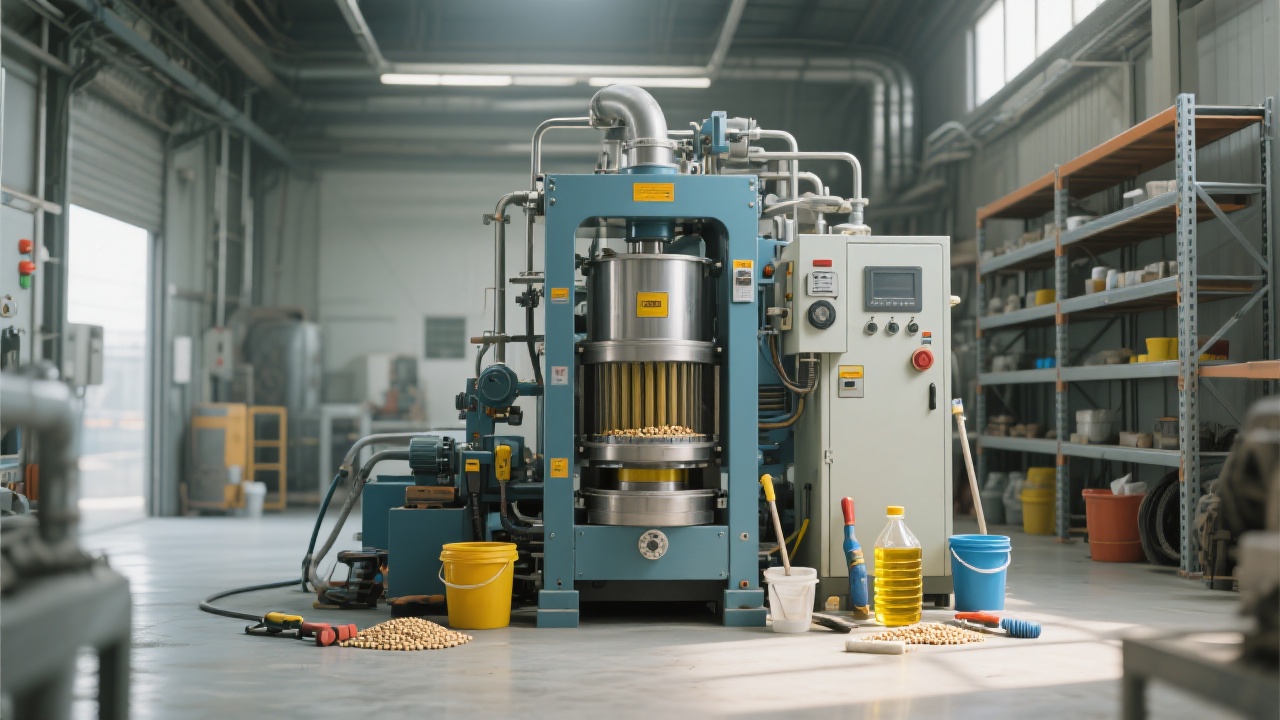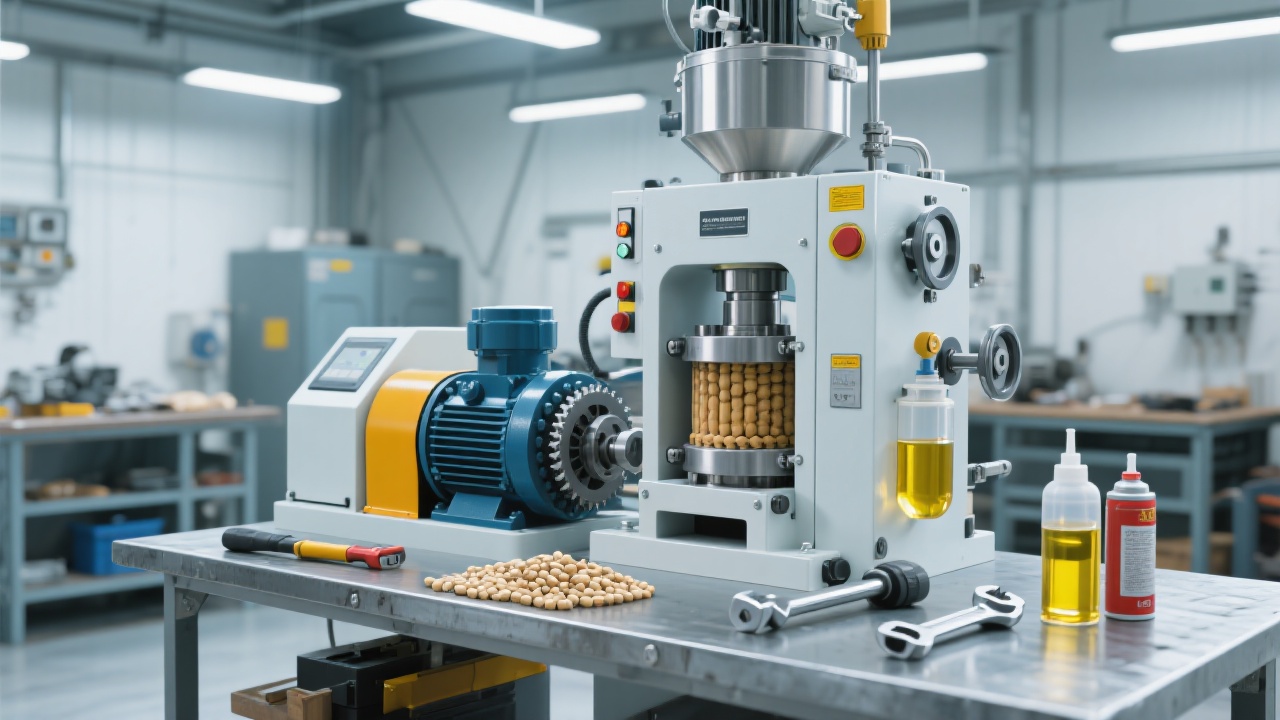
You may be wondering how the ZY24 (202 - 3) screw oil press works and how it impacts the oil extraction rate. The screw oil press operates on the principle of continuous pressing. As the screw shaft rotates, it pushes the oilseeds through the pressing chamber, gradually increasing the pressure and squeezing out the oil. A well - understood working principle is the first step to improving the oil extraction rate.

Proper moisture control is crucial. For example, for rapeseeds, the ideal moisture content should be around 7% - 9%. Too much moisture can lead to low oil extraction rates and poor oil quality, while too little moisture can cause the oilseeds to be too dry and difficult to press. You can use a moisture meter to accurately measure the moisture content and adjust it through drying or adding a small amount of water.
The crushing granularity of oilseeds also affects the oil extraction rate. Different oilseeds have different optimal granularity requirements. For peanuts, a medium - fine crushing degree is recommended. After crushing, screening is necessary to remove impurities and ensure uniform particle size. This table shows the recommended crushing granularity and screening standards for common oilseeds:
| Oilseeds | Crushing Granularity | Screening Standard |
|---|---|---|
| Rapeseeds | Fine | Pass through a 20 - mesh sieve |
| Peanuts | Medium - fine | Pass through a 15 - mesh sieve |
| Sunflower Seeds | Fine | Pass through a 20 - mesh sieve |
Different oilseeds require different press chamber pressure distributions. For rapeseeds, a relatively higher pressure is needed in the initial pressing stage. You can adjust the pressure by changing the clearance between the screw shaft and the press chamber wall. Here is a recommended pressure distribution for different oilseeds:

Temperature management is an important part of improving the oil extraction rate. Maintaining a proper temperature can ensure a good heat balance and optimize energy consumption. For most oilseeds, the temperature in the press chamber should be controlled between 100°C - 120°C. You can use a temperature sensor to monitor the temperature and adjust the heating system accordingly.
"Proper temperature management not only improves the oil extraction rate but also enhances the quality of the oil," says an industry expert.
The speed of the screw shaft and the clearance between the press bars should be adjusted according to the characteristics of the oilseeds. For example, for softer oilseeds like sunflower seeds, a relatively lower screw shaft speed and a larger press bar clearance are recommended.
Let's look at some typical cases. A small - scale oil mill adjusted the moisture content of rapeseeds from 12% to 8%, optimized the press chamber pressure, and adjusted the temperature. As a result, the oil extraction rate increased from 35% to 40%. By analyzing these cases, you can find the improvement path for your own oil mill.

Some common mistakes include ignoring moisture control, improper pressure adjustment, and lack of temperature management. By being aware of these mistakes and taking preventive measures, you can avoid a decrease in efficiency.
Now that you have learned these practical tips, it's time to take action. Immediately consult the ZY24 screw oil press technical manual or book a on - site demonstration to get a customized oil extraction rate improvement plan!

